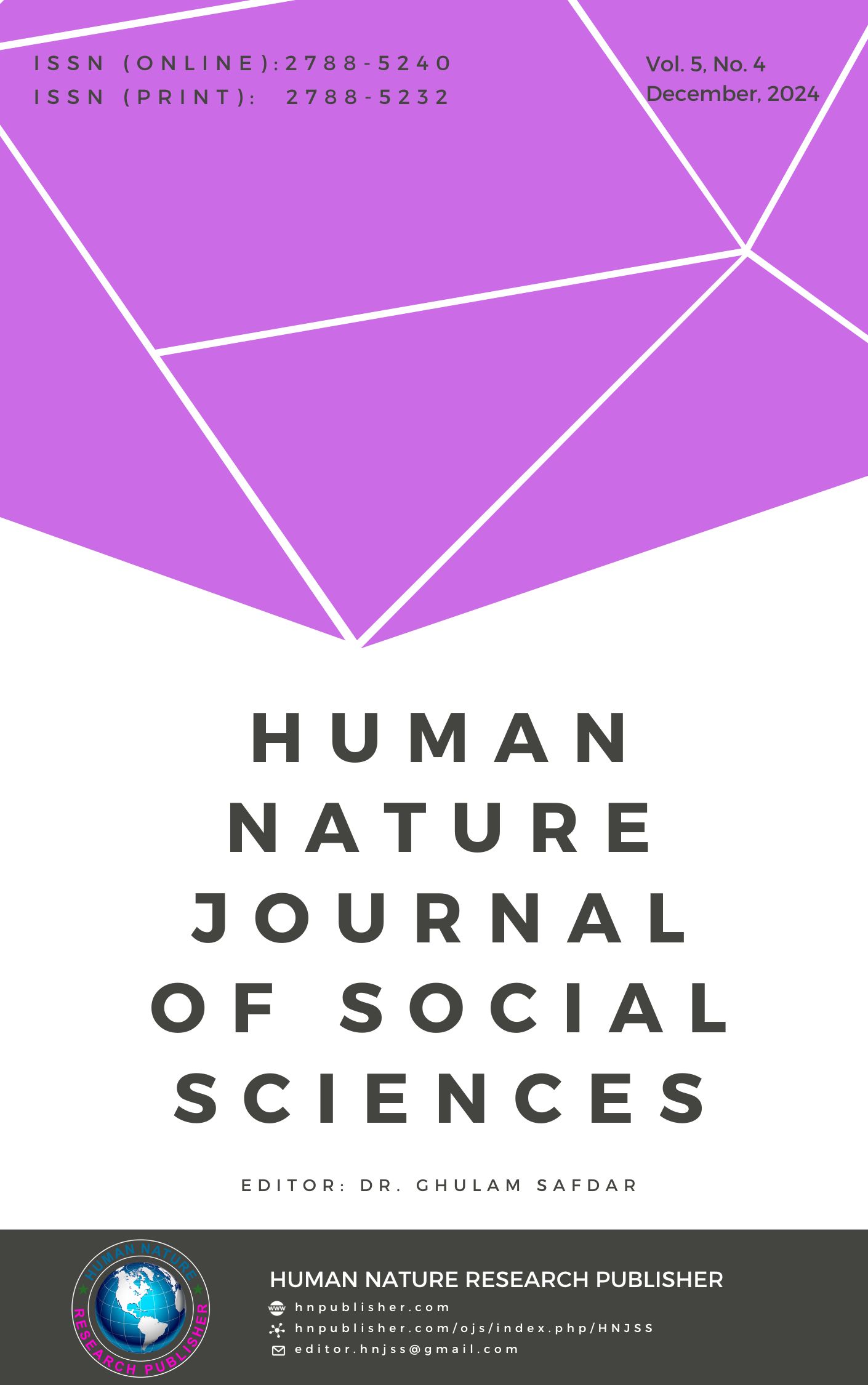Exploring the Role of Self-Compassion and Social Support in Women's Resilience: A Qualitative Study of Coping with Life Adversities
DOI:
https://doi.org/10.71016/hnjss/rtsh7220Keywords:
Women’s Mental Health, Self-Compassion, Social Support, Resilience, Life Adversities, CopingAbstract
Aim of the Study: This qualitative study investigates how self-compassion and social support play a role in fostering emotional resilience in women facing life challenges.
Methodology: In-depth, semi-structured interviews were conducted with 25 women from Lahore, aged between 25 and 60 years, exploring how these factors contribute to emotional resilience during personal and family difficulties, including loss, caregiving, and health-related issues.
Findings: Thematic analysis identified four primary themes: self-compassion as a key resource for emotional regulation, the essential role of social support networks in providing both emotional and practical aid, the combined effect of self-compassion and social support in strengthening resilience, and the contribution of self-compassion and social support towards building long term emotional resilience in women. Participants highlighted how self-compassion helped manage stress, while their support networks offered crucial reassurance and assistance.
Conclusion: The results suggest that combining self-compassion with strong social support networks can significantly enhance emotional recovery. The study advocates for the integration of self-compassion techniques in mental health interventions and calls for policymakers to promote community support resources for women dealing with adversities.
Downloads
Published
Issue
Section
License
Copyright (c) 2024 Aiman Rahim (Author)

This work is licensed under a Creative Commons Attribution-NonCommercial 4.0 International License.








